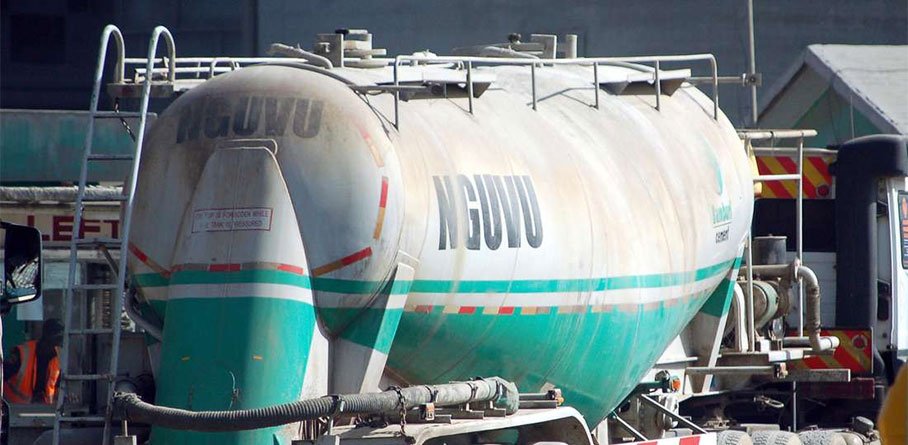Cement firms are investing billions of shillings to build new or expand clinker plants as local production of the raw material is cheaper, making it a key competitive advantage.
A report by the National Independent Clinker Verification Committee found that six companies have started or are set to embark on expanding clinker plants capacity by 4.4 million tonnes per annum.
The investments that will be completed between this year and 2023 will be undertaken by Bamburi Cement, Savannah Cement, Rai Cement, Karsani Ramji & Sons Limited, National Cement Company and EastAfrican Portland Cement Company (EAPCC).
“By 2025, an additional clinker capacity of 4.4 million tonnes will be produced by six players, which shall increase the industry’s production capacity to 10.7 illion tonnes,” says the report of the committee comprising cement firms.
The committee, formed after a section of players with the biggest clinker production capacity lobbied the State to raise import duty on the commodity from 10 to 25 percent, says firms producing their own clinker have a significant cost advantage.
“Data provided indicates that the cost of locally produced clinker is cheaper, compared to imported clinker by approximately 15 percent to 30 percent,” says the report of the committee comprising cement firms.
The survey found that clinker producers not only keep their costs low, they have also positioned themselves to profit from selling the commodity to rivals at prices close to those quoted on imports. National Cement, Bamburi Cement and EAPCC are expanding the capacity of their existing clinker factories while Savannah Cement, Rai Cement and Karsani Ramji & Sons will be building new plants to cut their reliance on imports.
The lobbying to raise taxes on clinker imports, which the committee recommended should be considered after four years, has made local production more critical as firms relying on imports risk major cost increases in purchasing the commodity.
Limestone is mixed with clay soil and iron ore to make clinker, which is then ground with gypsum and limestone again to make cement.
“Clinker constitutes 60 percent of the finished cement. The demand for clinker has been increasing over time due to the increased grinding capacity overtime,” the report says.
Firms producing clinker locally stand a better chance of boosting their margins in a market that has seen prices fall steadily over the past decade.
